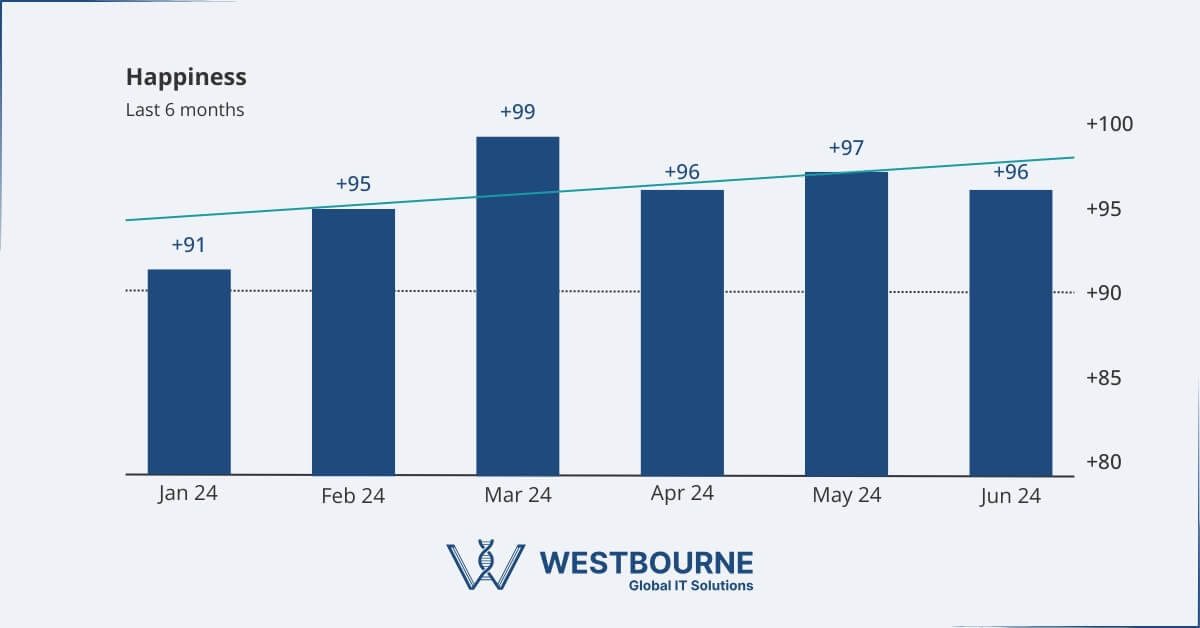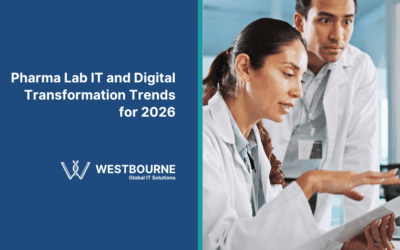How to Measure the Real Impact of Your Global Service Desk Solution

How do you measure the success of a global service desk solution? Is it through the successful implementation of a new technology to manage support tickets? Is success achieved by your solution provider fulfilling its SLA (service level agreement) obligations? Can you judge success using metrics like uptime and availability?
All the above examples are relevant to success, but they also leave out the most important elements – the experience of users and the impact IT services are having on your business.
Having a shiny new support ticket solution is okay, but it is not a measure of success if users continue to be frustrated by IT issues.
A global service desk provider delivering on the terms of an SLA doesn’t necessarily mean your IT systems are helping your business achieve its objectives.
And 99.8 percent availability becomes an irrelevant figure if IT systems fail at critical times, especially when those failures impact customer relationships.
Metrics like SLA delivery and server uptime don’t capture how a global service desk solution is helping (or hindering) user experience, productivity, and business performance.
In other words, there is a disconnect between commonly used metrics/KPIs and the real-world experience of the employees and other stakeholders who use your IT systems to deliver for customers, drive innovation, and achieve business objectives. Breaking that disconnect is essential.
The Disconnect Between Technical Metrics and Real-World Experience
There are metaphors in a range of areas that demonstrate a disconnect between technical metrics and real-world experience.
In politics, government representatives can talk for hours about how they have allocated budgets and the policies they have implemented, but those words mean little if there are issues that matter to you that you feel are not being addressed. Similarly, in sport, a team can hit multiple positive metrics such as shots on target, goals scored, and tackles made, but fans struggle with such stats if the team can’t win games.
The disconnect between technical IT metrics and real-world user experience can be just as pronounced. It can also be costly both financially and in terms of business performance.
What Happens When There is a Lack of Focus on User Experience
Focusing on technical metrics rather than real-world experience leads to a range of negative outcomes:
- Users continue to be frustrated and dissatisfied even when technical metrics are positive.
- IT performance becomes increasingly out of alignment with business and strategic objectives.
- Technical resources are allocated to tasks and projects that don’t improve user experience or help the business achieve its objectives.
- Trust in IT teams can fall because users are being told one thing but are experiencing another.
- Frustrations with IT systems can feed into overall employee dissatisfaction, which can have knock-on impacts on recruitment and retention.
- Opportunities to innovate and improve can be missed because there is a focus on the wrong areas.
Properly Measuring the Success of Your Global Service Desk Solution
Assessing a global service desk or managed IT solution requires a comprehensive approach that takes into account technical metrics but doesn’t stop with them. The assessment also needs to include:
- User experience
- The ability of IT systems to support day-to-day business operations
- The impact of IT systems on productivity
- The impact of IT systems on employee job satisfaction
- The effectiveness of IT systems in support of other business priorities, such as compliance and digital transformation.
Essential Steps
Assessing the areas identified above is more time-consuming than looking at a server uptime chart, but the benefits are worth the effort. The essential steps to take include:
- Gathering data on the experience of users, typically through surveys. There should be a particular emphasis on user pain points.
- Gather data from key business stakeholders, including SMEs (subject matter experts), HR, and finance directors. The priority is to understand whether key stakeholders believe IT systems are delivering value and supporting business priorities.
- Develop solutions to any concerns, issues, and problems identified in the surveys of users and other stakeholders.
- Refine other areas where improvements can be made, as true success comes from improvement, not just resolving problems. Fostering a culture of continuous improvement in IT is also beneficial.
- Change the perception, where your global service desk solution is treated (and measured) as a service that adds value to the business rather than being a simple cost.
Our Approach at Westbourne
At Westbourne, we provide data on the key metrics you will be familiar with in relation to the delivery of our global service desk solutions and managed IT services. We also understand the critical importance of user experience and real-world business impact. As a result, we also provide support to help you get a full understanding of the success of your IT services. This includes experience in a number of platforms that gather user experience data.
Below is an example of the customer satisfaction results we have achieved for one of our clients. The client is a multinational corporation where we provide a team of field engineers.

Our open approach to optimising user experience also shapes how we deliver our services, including our global service desk solutions. Specifically, our objective is not to tick boxes beside technical metrics. Our efforts are instead focused on ensuring your IT services deliver for your business, including in crucial areas such as user experience. Get in touch today to find out more.
Latest Insights
Pharma Lab IT and Digital Transformation Trends for 2026
Pharmaceutical laboratories continuously evolve to improve operational efficiency, address challenges, respond to demand, and remain competitive. As 2025 draws to a close, what areas are we likely to see prioritized over the coming year and beyond? In this blog, we...
Efficient and Cost-Effective Computer System Validation – Here’s How
Validating computer systems (software, equipment, or IT Infrastructure) is necessary in pharmaceutical facilities to...
The Benefits of On-Site IT Support
On-site IT support involves experienced engineers operating within your facility rather than remotely. They can...
Building a Unique Lab IT Solution Provider – a Westbourne Story
“I founded Westbourne in 1994. At the time, I was working as a customer service engineer for a very successful and...
A New (Science-Led) Approach to IT and Technical Support for the Pharmaceutical Industry
Digital transformation concepts and new technologies are changing the pharmaceutical industry, from individual...

